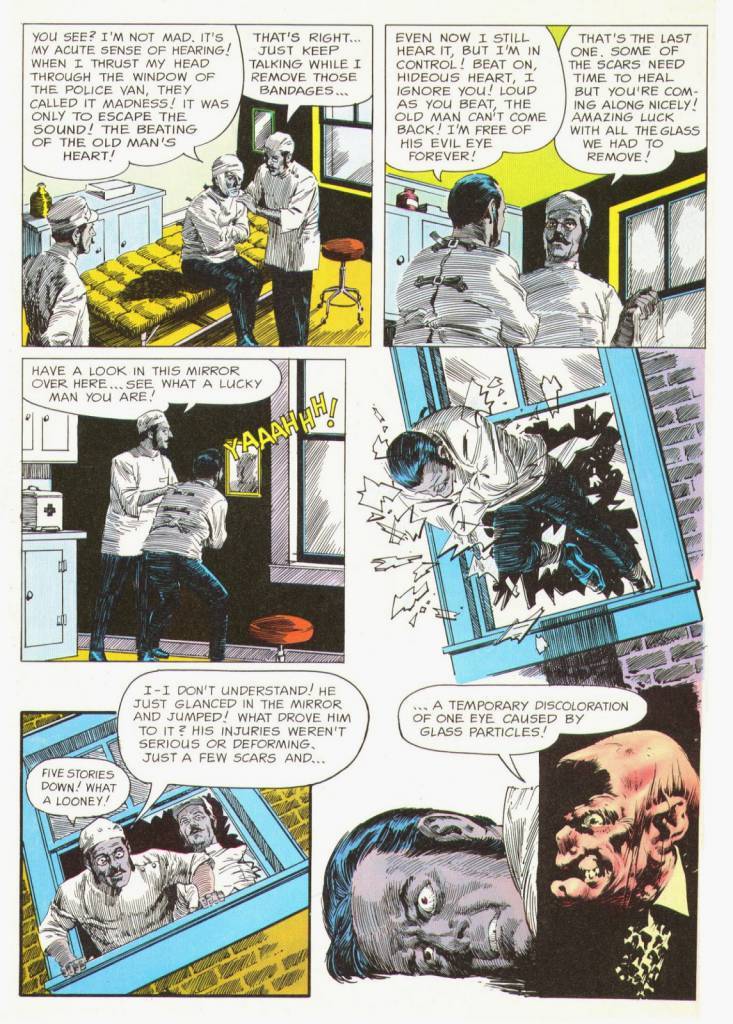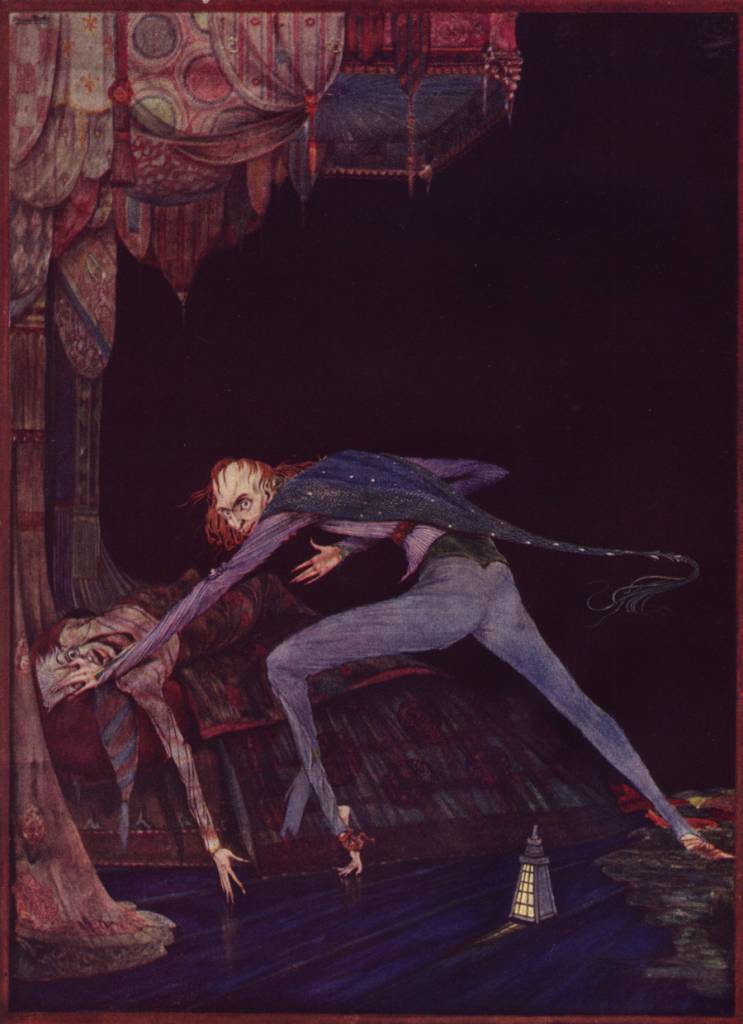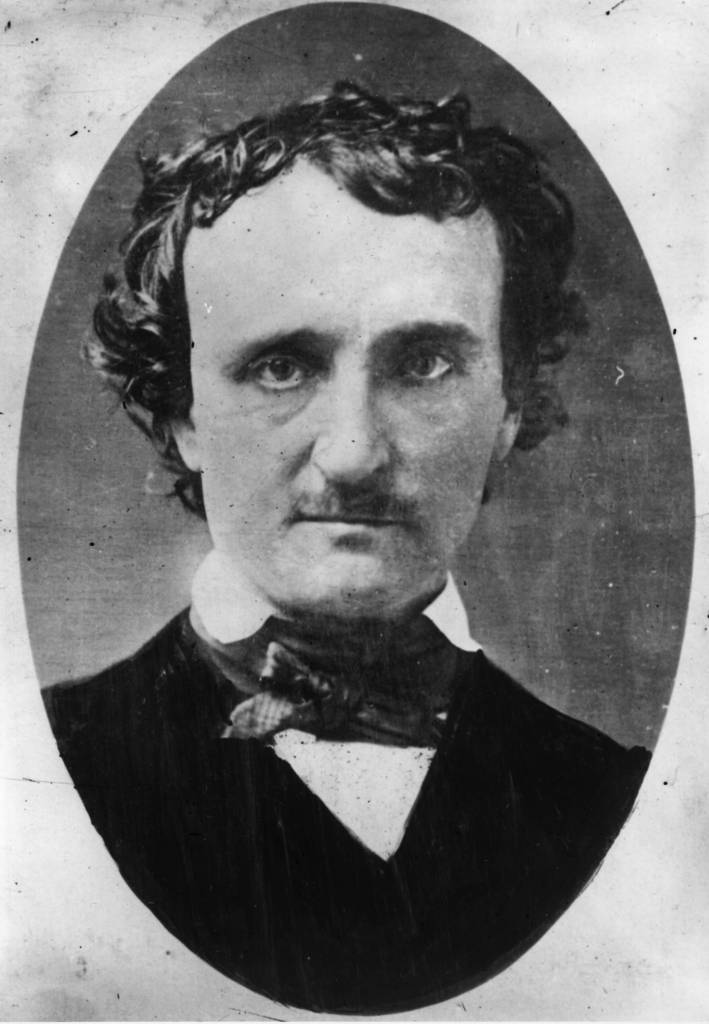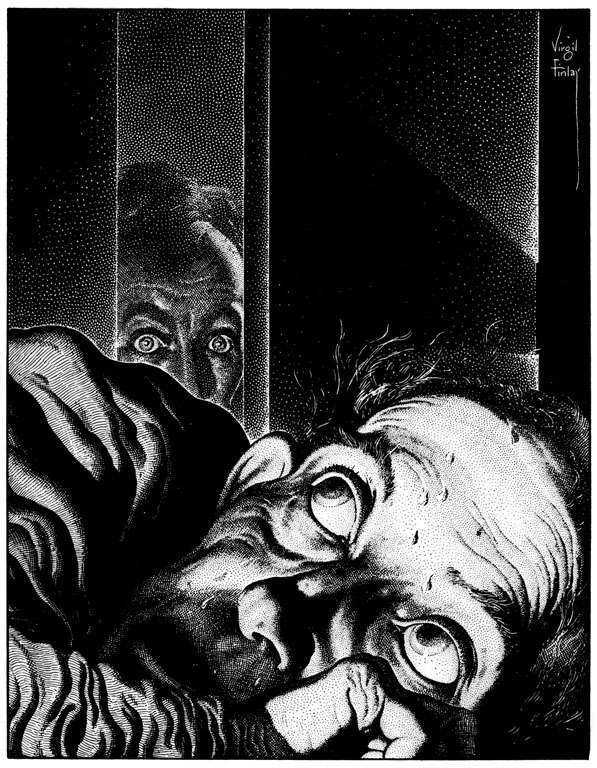TRUE! –nervous –very, very dreadfully nervous I had been and am; but why will you say that I am mad? The disease had sharpened my senses –not destroyed –not dulled them. Above all was the sense of hearing acute. I heard all things in the heaven and in the earth. I heard many things in hell. How, then, am I mad? Hearken! and observe how healthily –how calmly I can tell you the whole story – The Tell-Tale Heart, Edgar Allen Poe, 1843
There are many adaptations of Edgar Allen Poe’s (19 January 1809 – 7 October 1849) short story The Tell-Tale Heart, the haunting story of a murderer driven mad by the sound of his victim’s heart which continues to beat under the floorboards. Boris Karloff (1941) and Peter Lorre (1947) assumed the voice of Poe’s deranged narrator in radio versions. Lorre’s version appears to have been lost. But you can hear Karlof’s reading for the radio series Inner Sanctum:
The first movie version seems to be this 1928 “picturization”. It’s very much of its time.
Chris Priestly has a word on the story’s enduring power:
Gothic always teeters on the edge of madness. The narrator in Poe’s The Tell-Tale Heart is sure he can hear the heart of the old man he has killed, beating beneath the floorboards. How about a madmen under the influence – like Renfield possessed by Dracula or Jack Torrance by the Overlook Hotel in The Shining.

‘Here’s a classic comicbook version by Archie Goodwin and Reed Crandall. These scans come from Comix International #4 (1976), but the story was first published in black and white in Creepy #3 in 1965,’ Diversions of the Groovy Kind
Before we go on to show our other picks, a quick note on Edgar Allan Poe’s peculiar death in Baltimore. The writer was found in a state of confusion dressed in another man’s tattered clothes outside a tavern. Removed to a hospital, Poe came to (some sources say he was more unconscious than delirious) but could not explain what had happened to him. He died that very day.
Mysterious stuff.

Tell Tale Heart Illustration from Tales of Mystery and Imagination by Edgar Allan Poe. Illustrated by Harry Clarke.
In 1946 Gothic icon Bela Lugosi (star of Poe-inspired movies The Raven
) narrated a version for his agent to hawk. Josh Jones writes:
The Hungarian actor, who struggled to find work late in his career, and wrestled with a morphine addiction, likely “recorded it for his agent,” writes Ronald L. Smith, “who would have been deputized to make copies and send them out to anyone interested in booking Bela’s solo stage act (which included an enactment of the Poe tale).”
Christopher Lee, another fabled incarnation of Dracular, also narrated a version:
Our next favourite take on the Tell-Tale Heart was uploaded to YouTube by SalvadorUploader, who writes:
I found this video on an old cassette I just unboxed. I think I recorded this video from some PBS special. I do not own the rights to this video. Please Like! Please Comment! Pass It On! SHARING IS CARING! Anyone who’s read the original story will truly appreciate this version because of the Black (Bad) White (Good) lighting, the masterful acting and the suspense-evoking sound effects. Everything, including the wardrobe is a work of art!
Did you watch this at school? Did you sleep well that night, or ever after?
The director of this 1941 version, Jules Dassin, had studied acting in Europe from 1934 to 1936, and become an actor-director in New York. Denounced by Edward Dmytryk as a Communist during Joseph McCarthy’s anti-Communist witch-hunt, Dassin left the USA in 1950 for London where he directed The Night and the City. Dassin later went to Paris and Greece where he made many films with Melina Mercouri. This was his debut movie. The story is no longer so dark. It possesses rays of hope.
In 1960, the British made a version. Once again, the book’s plot is given a twist: “Edgar falls in love with Betty but she has an affair with his friend Carl. He finds out and murders Carl but is tormented by the sound of the beating of the corpse’s heart.” In this scene we see Edgar losing the plot:
Our favorite is this version narrated by the great James Mason. The film carries the honor if being the first animated film to be awarded an X Certificate (over 16s only) by the British Board of Film Censors. The film was nominated for an Oscar in the Snort Subjects (Cartoon) category, losing to Walt Disney’s Toot, Whistle, Plunk And Boom.
All in vain; because Death, in approaching him had stalked with his black shadow before him, and enveloped the victim.

Edgar Allan Poe ( 1809 – 1849 ) the novelist and poet from a daguerreotype taken in Lowell, Massachusetts. (Photo by Hulton Archive/Getty Images)
Would you like to support Flashbak?
Please consider making a donation to our site. We don't want to rely on ads to bring you the best of visual culture. You can also support us by signing up to our Mailing List. And you can also follow us on Facebook, Instagram and Twitter. For great art and culture delivered to your door, visit our shop.







